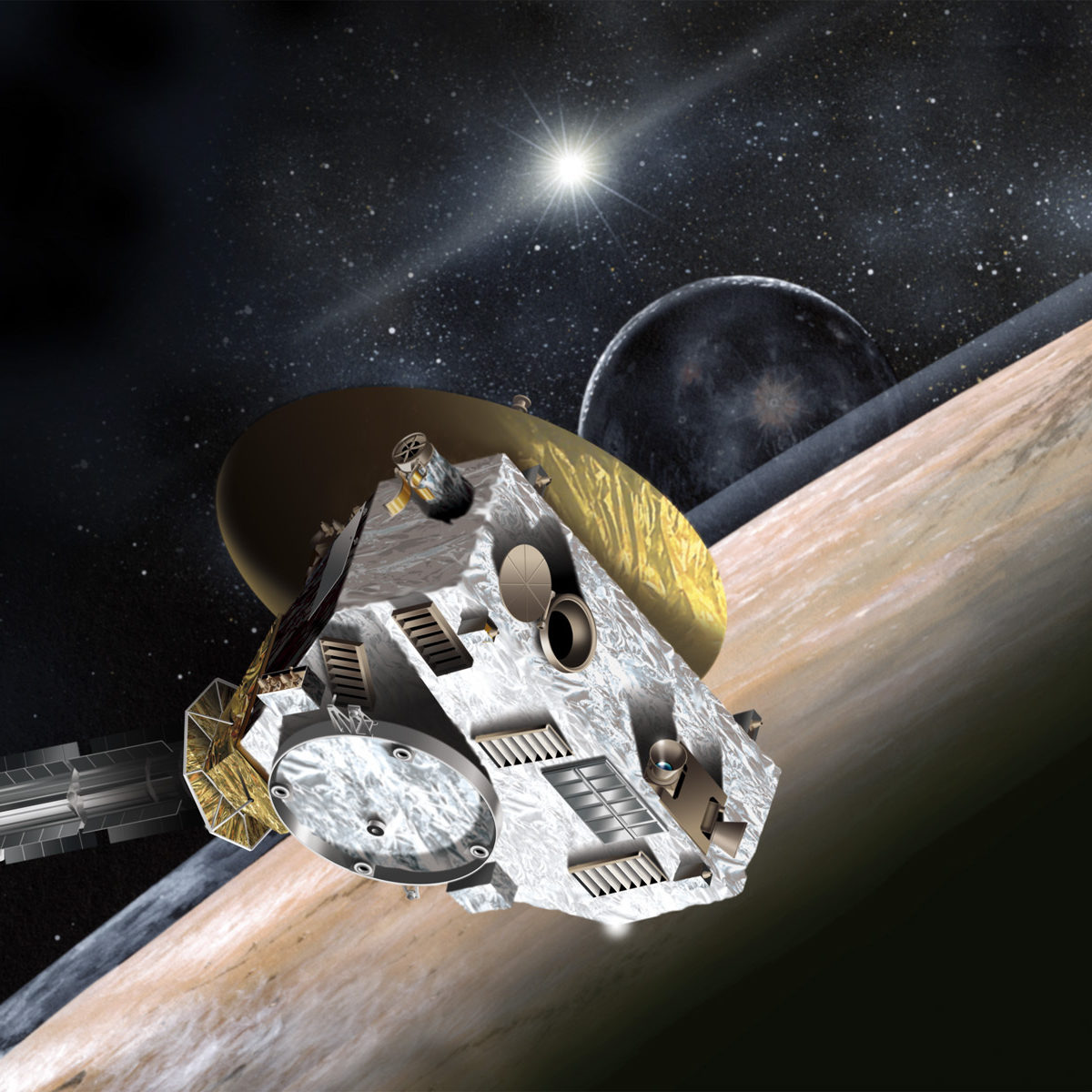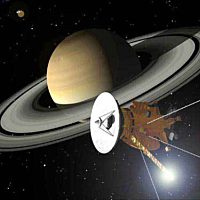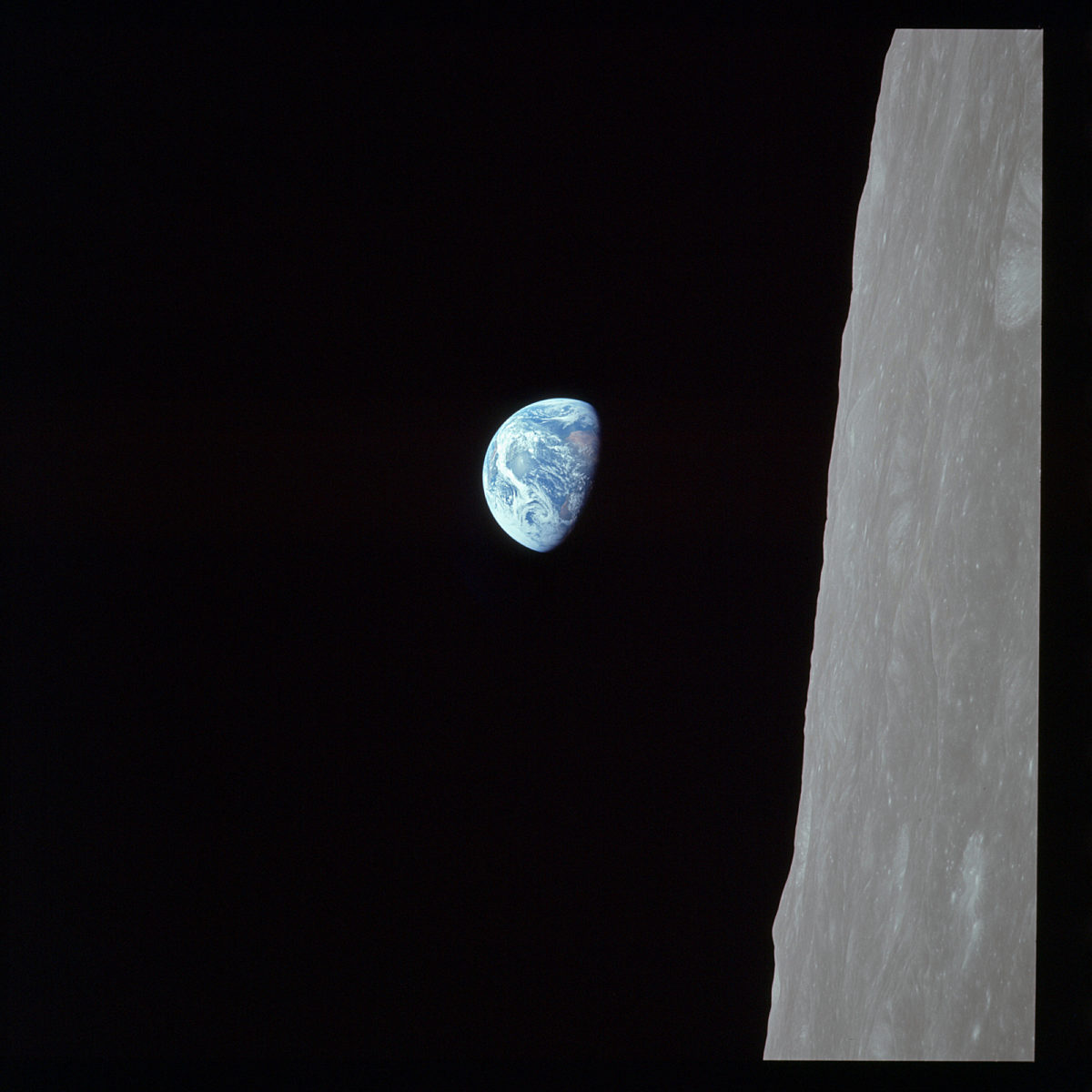Since 2002, Planetary Radio has visited with a scientist, engineer, project manager, advocate, or writer who provides a unique perspective on the quest for knowledge about our Solar System and beyond. The full show archive is available for free.
Search Planetary Radio
The Planetary Society’s experts look forward to a great year of firsts in the solar system and beyond.
Cassini is safe! Project scientist Linda Spilker returns with a regular update on Saturn, its moons and rings not long after learning that the mission is funded through its 2017 plunge into the planet.
Cornell grad student Jason Hofgartner reports on the discovery of what appears (and disappears!) to be an island on one of Titan’s frigid lakes.
Cassini Project Scientist Linda Spilker joins us at the first Starlight Festival in Big Bear Lake, California, and festival MC Andre Bormanis makes a bonus appearance on the show.
You may have heard that the sometimes deadly Salmonella bacterium becomes stronger in microgravity. Cheryl Nickerson tell us about this and other results her team has conducted in low Earth orbit.
24 spacecraft are either busy exploring the solar system or speeding toward an exciting destination. The Planetary Society's Senior Editor takes us on a whirlwind advance tour.
The annual fall meeting of the American Geophysical Union revealed lots of science, some of it astounding. Emily Lakdawalla was there with Advocacy and Outreach Coordinator Casey Dreier, whose news was not quite as good.
Juno Principal Investigator Scott Bolton reviews the spacecraft's Earth flyby and previews its long stay at our solar system's king of planets.
The Planetary Society’s Senior Editor and Planetary Evangelist recaps this year’s revealing meeting of the Division for Planetary Sciences (DPS).
Hundreds came out on the JPL mall on Friday, July 19th to salute the Cassini spacecraft as it captured a rare image of Earth from the outer solar system. Among them were the mission Deputy Project Scientist, Scott Edgington, and the Cassini Program Manager, Earl Maize.
We pay another visit to the queen of planets with Cassini Mission Project Scientist Linda Spilker. She always brings us fascinating news from Saturn, its moons and rings.
Voyagers 1 and 2 just reached 35 years of travel in space. What a great reason to celebrate! Join Voyager Project Scientist Ed Stone, Ann Druyan, Emily Lakdawalla and Robert Picardo in this special live edition of our show. Bill Nye reports on a separate celebration in London and on the International Space Station, and Bruce Betts is back in fine form with Mat Kaplan for this week’s What’s Up.
We return to the Aquarium for much more of our conversation about seas on Earth and seas on other worlds, featuring Dave Bader, Kevin Hand and Bill Nye. Emily Lakdawalla concludes her video tour of Curiosity's cameras and instruments.
What better place to talk about Earth's oceans and the seas of other worlds?
JPL volcanologist Rosaly Lopes has discovered more volcanos than anyone else, including 71 on Jupiter’s moon Io. She is fascinated by these fiery (and sometimes frigid) features of our dynamic solar system, and shared her love at the recent SETIcon.
Planetary Radio's most frequent guest returns with the latest news from the great ringed world, its moons, and its rings.
Steve Squyres gives us a status report on Spirit and Opportunity, and Bill Nye comments on the rings that appear to surround one of Saturn's small moons. Last week Emily Lakdawalla told us why objects in space are round, but this time her Q&A explains why they're not.


 Explore Worlds
Explore Worlds Find Life
Find Life Defend Earth
Defend Earth












